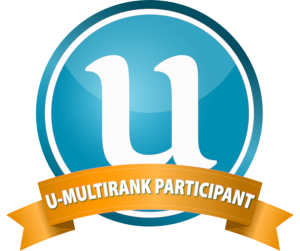Biomechanics (REK_171)
About Study Course
Objective
To promote knowledge of key issues in medical biomechanics. To promote understanding of the role of biomechanical laws in the diagnostic principles of human movement and in the diagnosis of abnormal movement patterns. To learn the types of biomechanical problems covered in the course and how to solve them using the knowledge acquired. To learn the types of biomechanics problems covered in the course and the methodology for solving them.
Prerequisites
Human anatomy. Knowledge of physics and mathematics.
Learning outcomes
Upon successful completion of the course, students identify the main biomechanical properties of soft and hard biological tissues; define the behaviour of biological tissues when subjected to loading.
Calculate the main mechanical parameters of biological tissues; distinguish between passive and active structures of the human musculoskeletal system.
Analyse the biomechanics of physiologically normal movement; distinguish between the physiology and pathology of gait. Identifies biomechanical problems in prosthetics and orthotics.
Successful completion of the course will result in students being able to locate scientific research in the field of biomechanics.
They can calculate the main parameters of biomechanics: maximum stress, deformation and elastic modulus of biomaterials, forces and support reaction forces in different joints.
Be able to analyse the movement of one or more segments of the human body and their interaction during physiologically normal and abnormal gait.
As a result of successful completion of the course, students analyse and justify normal and abnormal variations in biomechanical parameters during gait.



